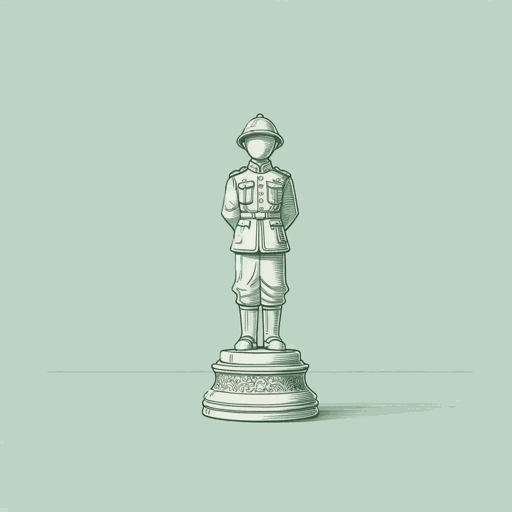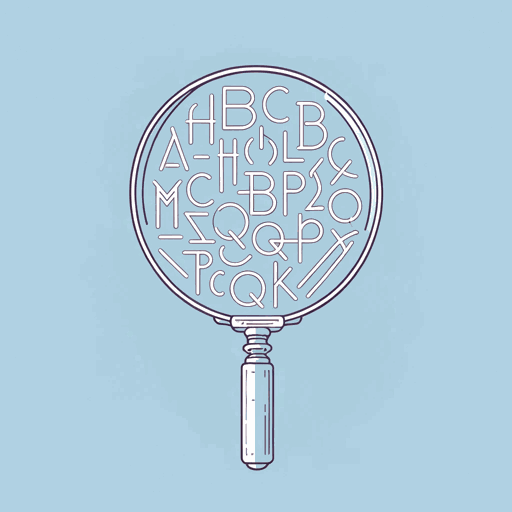47 pages • 1 hour read
Agatha ChristieThe Murder of Roger Ackroyd
Fiction | Novel | Adult | Published in 1926A modern alternative to SparkNotes and CliffsNotes, SuperSummary offers high-quality Study Guides with detailed chapter summaries and analysis of major themes, characters, and more.
Themes
The Human Capacity for Evil
A recurring theme in The Murder of Roger Ackroyd is that all people demonstrate a capacity for evil actions. None of the characters are inherently malicious people, but each comes across hard times in one way or another. In response to their difficult situations, each character acts in a way they may not otherwise. Poirot sets the stage for considering the motives and capacity of each character in the Chapter 17 allegory of the man who gets greedy and kills because of it. It is not the story of Paton nor is it the story of Sheppard. Instead, it is the story of humanity, and several characters express this capacity to different extents.
To a lesser extent, Agatha Christie represents this theme in the character Flora Ackroyd. She expresses the difficulties of her life to Poirot when he confronts her:
You don’t know what my life has been like since I came here. Wanting things, scheming for them, lying, cheating, running up bills, promising to pay—oh! I hate myself when I think of it all (217).
The hardships Flora Ackroyd faces are not uncommon. It is natural for people to want things and to plan how to achieve or acquire them.
Related Titles
By Agatha Christie

A Murder Is Announced
Agatha Christie

And Then There Were None
Agatha Christie

A Pocket Full of Rye
Agatha Christie

Crooked House
Agatha Christie

Death On The Nile
Agatha Christie

Murder at the Vicarage
Agatha Christie

Murder on the Orient Express
Agatha Christie

Poirot Investigates
Agatha Christie

The ABC Murders
Agatha Christie

The Mousetrap
Agatha Christie

The Mysterious Affair at Styles
Agatha Christie

The Pale Horse
Agatha Christie

Witness for the Prosecution
Agatha Christie

